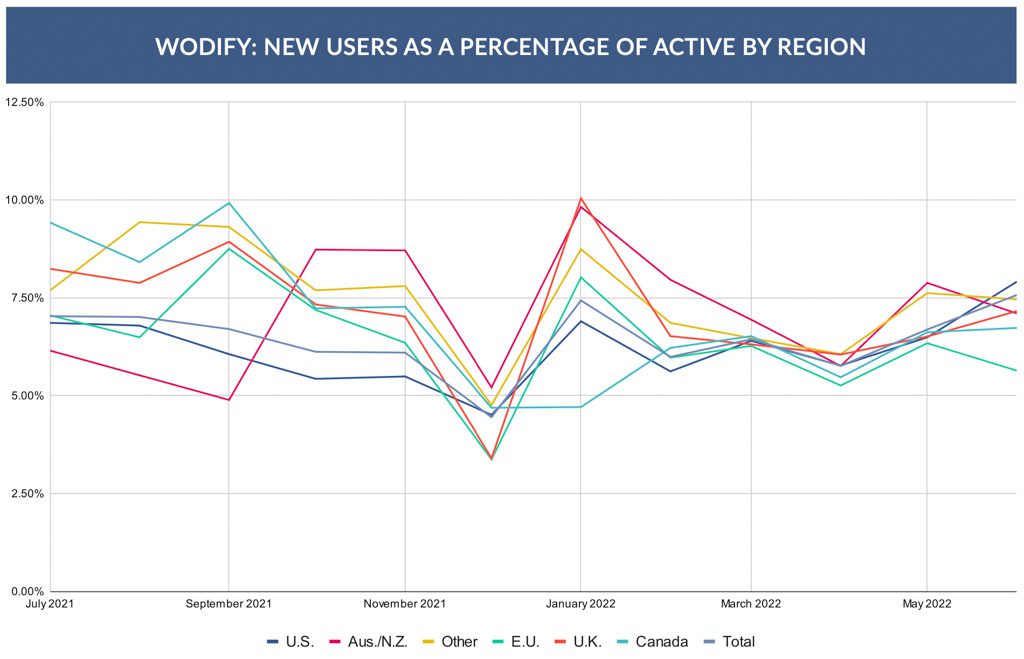January is a holy month in the fitness industry.
If you run a gym, you know what I mean: The turning of the calendar prompts people to head to gyms in hopes of improving their health and fitness.
But gym owners also know that people who join in January aren’t always around in February or March. Here’s how to change that.

First, some data. In our “State of the Industry” report, it’s clear that fewer people join gyms in December, and more people join in January.

You’re definitely going to get more opportunities to acquire clients in January, and you’ll likely add to your membership total even if your sales and intake systems aren’t ideal.
But how long will you hold onto those new members?
Here’s a 2020 stat from the International Health, Racquet and Sportsclub Association (IHRSA): The majority of gyms bleed off half their new clients within 6 months. Our “State of the Industry” data reveals gyms only hold onto clients for an average of 7.8 months.
Gym owners with boots on the ground know that retention numbers are always dragged down by new clients who vanish within two or three months. IHRSA’s data, from 2019: 14 percent of January joiners are gone at the end of February.
So it’s clear that lots of people join gyms in January but don’t stick around long enough to actually improve their lives.
Here are three things you can do to change that:
1. Stop doing free trials and start doing free consultations using the prescriptive model. Short summary: Ask prospective members what they want to accomplish, then prescribe the services that will help them do it.
2. Install a detailed on-ramp process that prepares clients for success and generates retention measured in years. Here’s a video on on-ramps:
3. Do a Goal Review Session with each new client within 90 days of sign-up. Schedule this meeting right when clients join, not after they’ve been around for a while. Let them know at intake that this meeting is part of the service package. Use the session to celebrate successes, solve problems and update prescriptions. Here’s your reference for A+ goal reviews.
Two-Brain gyms follow a much more detailed version of this exact plan, and they use other tactics to drive length of engagement up further. As a result, Two-Brain gyms’ average retention is 18.8 months—more than double the average for the industry as a whole.
Use Our Data or Acquire Your Own
Our data is clear: If you do these three things, your retention will improve. We’ve crunched all the numbers from thousands of gyms so you don’t have to guess.
But maybe you’re unconvinced and not ready to change your current intake process. If so, try this: Run your own simple test with a small group of clients in January. Do a free consultation and use a streamlined on-ramp to get them up to speed. Then meet with them before the 90-day mark to review their goals and adjust their plans. Track retention for this group against the numbers for those who come into your gym a different way. Then make decisions based on your data.
This is a valid path, but I already know what you’ll discover: Free consultations, on-ramps and goal reviews measurably improve retention.
Act on your own data in three months or act on ours now. The only thing you can’t do: Take no action. If you follow that path, your January Joiners will likely become the February Forgotten.
For more info on how a mentor can help you improve your gym at high speed, book a free call here.

